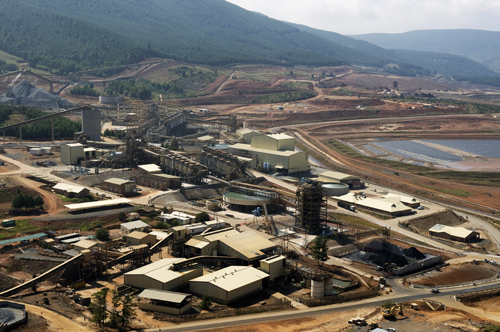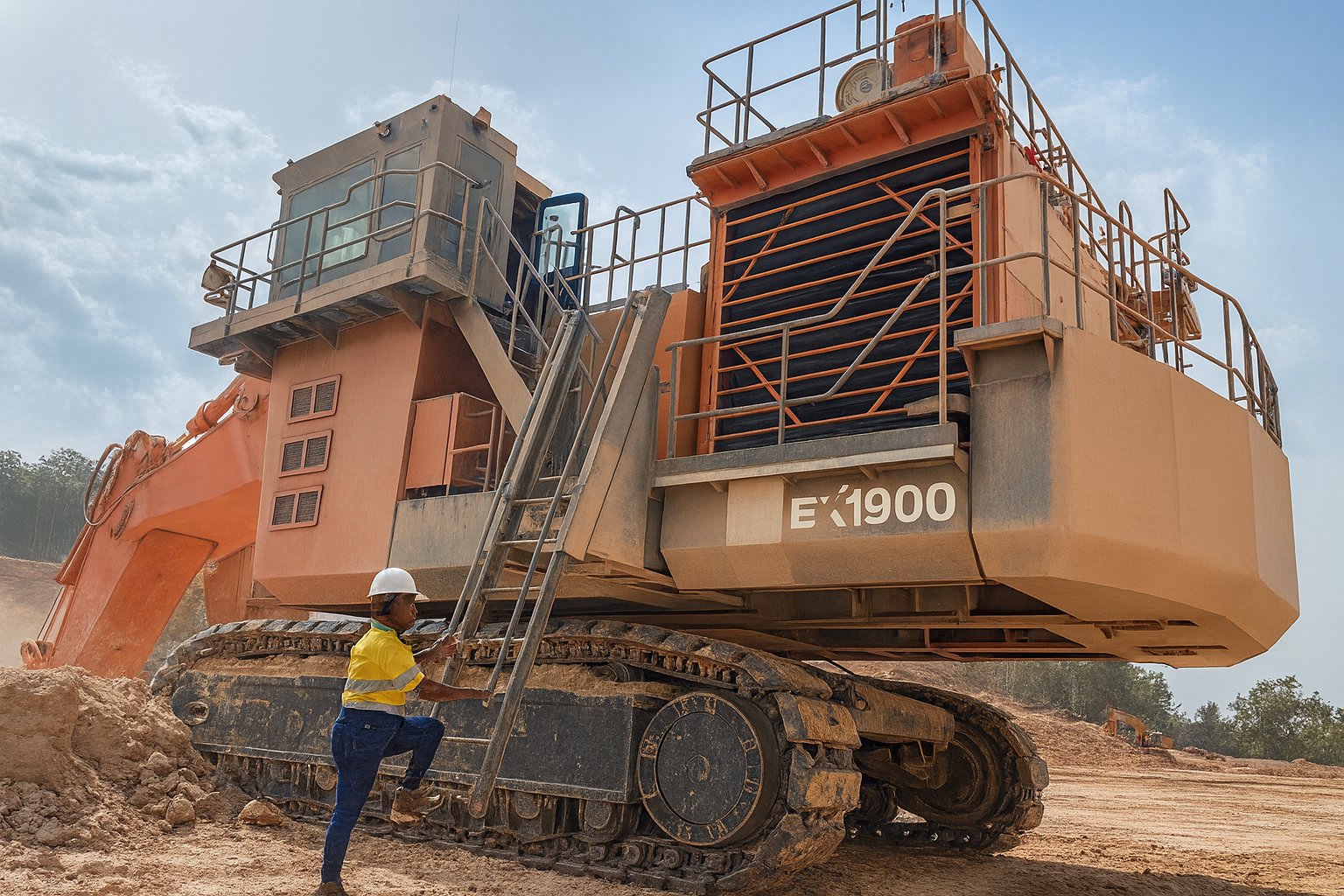
Located in eastern South Africa and sharing borders with Swaziland and Mozambique, the province of Mpumalanga constitutes approximately 6.5 percent of the country’s total land mass. A popular tourist destination, with visitors being particularly drawn to Kruger National Park, Mpumalanga is also home to a number of extensive mining operations.
It is about 40 kilometres to the south east of the small town of Machadodorp, also known by its official name of eNtokozweni, that one will find the Nkomati Nickel Mine. One of three mines that comprise the African Rainbow Minerals (ARM) Platinum division, Nkomati is a small to medium-size base-metal operation, exploiting a complex, high-grade nickel, copper, cobalt and platinum-group metal deposit. The mine itself comprises both an open pit and an underground operation. Accessing the deposit by means of two vertical shafts, this highly-mechanised operation exploits two large low grade Ni-sulphide ore bodies by means of trackless equipment. Expected to eventually reach 2.5 kilometres in length, 800 metres in width and with a depth of 240 metres, the open pit will one day be one of the largest of its kind in South Africa.
A relatively young development, Nkomati mine was established in 1997 and operates as a joint venture between ARM and Norilsk Nickel. At present the mine provides work for 833 employees and 2404 contractors. One of these employees is mining manager, Trevor Visagie, who joined Nkomati in July 2010, bringing with him an extensive background in mine engineering.
“In the 15 years since it was opened,” Visagie explains, “the mine has expanded considerably with the development of its open pit mine and of its various plants. The recent commissioning of the mine’s production plants has helped take nickel concentrate production volumes up to in excess of 200 thousand tonnes per year.”
The mine has recently come through a massive expansion project that stemmed from the commissioning of two major plants, the first of which began in 2009, followed by the second in 2010. Currently in progress is the sinking of a ventilation shaft that will enable the operator to carry out future underground expansion projects.
“Significant capital injections are continuing to be made across the site with the purpose of not only sustaining the operation, but expanding it as required,” Visagie continues. “Essentially the mine has evolved beyond what could be described as its growth phase and now finds itself entering its equally as important sustainability phase.”
Being situated in such a remote part of the world, the contributions made by and to local communities is of vital importance to Nkomati Mining. “What we strive to do,” Visagie enthuses, “is provide direct benefits to local communities, predominantly in the form of employment and by providing skills and opportunities that can lead to the establishing of local businesses and enterprises. These businesses then find themselves benefitting from the preferential treatment we strive to give those that exist within a 50 kilometre radius of the mine when it comes to acquiring services.”
As Visagie goes on to highlight, what the mine takes just as seriously as its commitment to social responsibility is its consideration for the natural environment. “We operate in a very beautiful, pristine environment, highlighted by several natural water systems that run next to the mine complex. This water is actually used by those communities living downstream of Nkomati. We maintain extremely stringent controls on any aspect of the operation that could affect the community. This relates to things like blast vibrations and dust creation in order to comply with the strictest of international standards.”
The entire environmental ethos of the business appears to revolve around the idea of capturing and utilising the resources provided by what is a fairly undulating area, while striving to avoid causing any long-term detrimental effects. An example of this philosophy can be seen in action with the on-going construction of a storage dam. The aim of this endeavour is to provide the site with the means to accumulate and store water during the rainy seasons for use in drier times. This will minimise the abstraction of water from the surrounding rivers and will allow all dirty water on the mine to be re-used rather than discharged.
With Nkomati undergoing rapid expansion over the last couple of years, the main challenge it continues to face is avoiding having an excess turnover in terms of staff. The retention of top talent is key to the success of the business and as such Nkomati Mining offers its employees competitive salaries and attractive retention incentive bonuses. Further to the financial benefits, the fact that the company is only now starting to realise the vast potential of Nkomati is something that is proving increasingly exciting for each and every one of its employees.
The results of all the hard work that has gone into making Nkomati a success are truly starting to show, with both plants breaking their individual milling records in October 2012, producing record nickel units.
“The team here,” Visagie says, “are now beginning to taste the success of their own work and, as the old saying goes, success breeds success and that is what we see happening. This reemphasises the fact that we view the future as being very bright indeed for Nkomati. When you look at the resources and assets we have in the ground it equates into what we predict will be a long, rich life of mining ahead. If we can continue along the same path, while containing our operational costs, there is no reason why we cannot be a successful business for many years to come.”
Written by Will Daynes, research by Jon Bradley



 Nkomati-Africa.Mining-Apr13-Bro-s.pdf
Nkomati-Africa.Mining-Apr13-Bro-s.pdf








